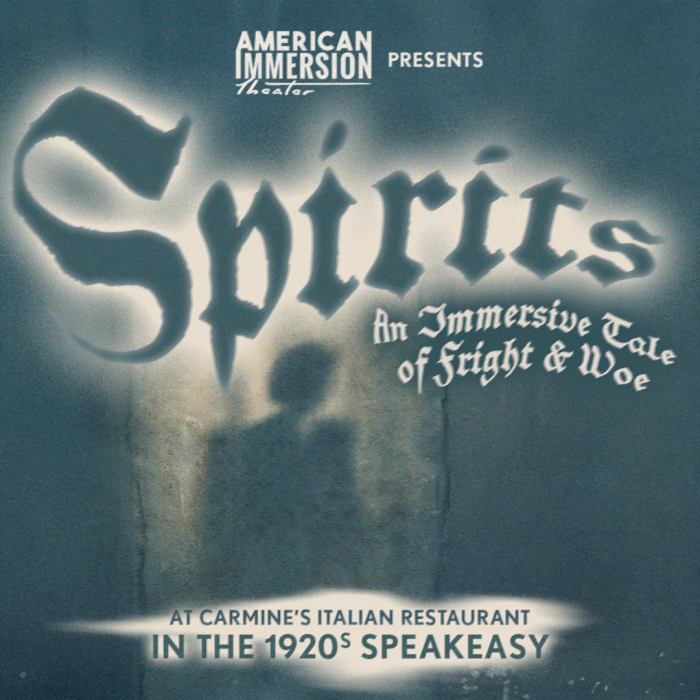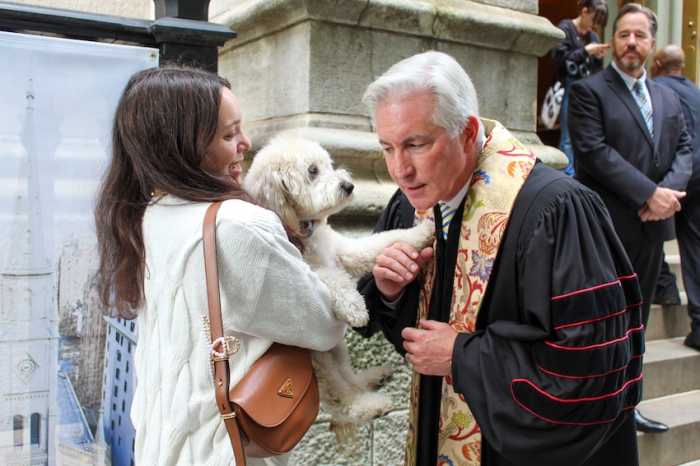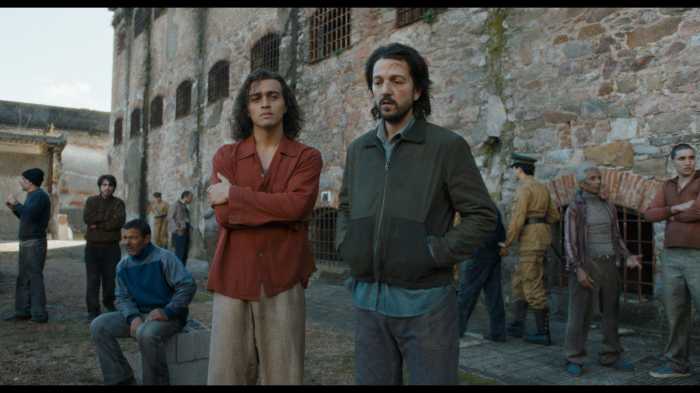By Julie Shapiro
Samuel Evensen stood among a crop of rubberized cadavers recently and made an important distinction.
“I’m not a doctor,” he said. “I’m an artist.”
Evensen was speaking in the darkened Bodies exhibit at South Street Seaport Monday night, after the waves of tourists and school groups had gone home. His audience, in addition to the cadavers, was a small group of art enthusiasts, who had come to learn about what lies beneath the human skin and how to draw it.
“It’s an approach to drawing the figure from the inside out,” said Evensen, a professor of anatomical drawing at the Pratt Institute, who is equally comfortable with medical and artistic terminology. “Studying anatomy helps you interpret what you see from a live model, and then translate that from a three-dimensional figure to a two-dimensional drawing.”
After a brief lesson from Evensen, the group dispersed throughout the exhibit’s nine galleries, set up their easels and started sketching.
“My dream has come true,” said a grinning Tim Boyle, 33, as he prepared to draw a preserved foot skeleton. Inspired by Leonardo da Vinci’s examination of human bodies, Boyle said he had always wanted to improve his work by doing the equivalent.
“You can’t do that anymore — buy a cadaver, cut it up,” Boyle said. “This is unbelievable.”
Boyle, an architect, described the bodies on display as “a building before you put the walls up.”
Bodies education coordinator Richard Hinojosa started the sketching sessions a couple years ago after he noticed artists drawing during regular hours. For the same price as a regular admission — $26.50 for adults on weekdays — artists can come after hours and have free reign of the exhibits, along with an introductory lesson. Three more sketch nights are planned for November, and those who have already paid full price once can come back and get half off.
The sketch nights are one way the Bodies exhibit can continue drawing a new local audience as it approaches its four-year anniversary at the South Street Seaport. The unchanging exhibit was initially planned to last only six months, but while demand has fallen off somewhat as Bodies approaches the 2 million visitor mark, the exhibit is still drawing enough people to stay open, said Ken Talberth, director of operations.
“It’s like a Broadway show — you exhaust the local audience relatively soon,” Talberth said from his office over the summer. Based on a recent survey, the exhibit draws about 30 percent of its attendees from outside of the country, and another 20 percent from the United States outside of the tri-state area. Many of the local visitors are students, Talberth said.
General Growth Properties, owner of the South Street Seaport, including the Bodies building at South and Fulton Sts., said last year that the exhibit would not remain in the Seaport long-term. At the time, G.G.P. had grand plans to redevelop the Seaport into a high-end mixed-use property, including condos and two hotels, but after the company declared bankruptcy last spring, those plans were put on hold.
Now, Janell Vaughan, senior general manager of the Seaport, said the Bodies exhibit would stay for at least another couple years.
“We’re happy to keep them and they seem happy to stay here,” Vaughan said this week. “Bodies has really had a lot of staying power.”
The exhibit sees some repeat visitors, but few could be more enthusiastic than Mary Zellman, 52, who said Monday’s sketch night was her sixth time seeing the cadavers.
“The challenge never ends,” Zellman said as she sketched a standing figure that held a conductor’s baton in his hand. “There is no end to the learning that can be done here.”
Zellman, who lives on Long Island, is both a watercolor painter and a high school physical education teacher, and she said she found the perfect combination of her two interests at the exhibit.
An artist who was more hesitant was first-time visitor Mary Sauer, 23, a recent college graduate. Because the preserved bodies so clearly lack life, “It’s more like just drawing a lump of meat from the grocery store,” Sauer said as she sketched in pastel. “It could be just as helpful if it were not real…. I’d probably rather it not be real.”
Beyond some initial squeamishness, none of the artists Monday night had any moral objections to the show, which takes unclaimed bodies from medical universities in China. After some media investigations into the origins of the bodies, last year Andrew Cuomo, the state attorney general, ordered a disclaimer placed at the exhibit stating that owner Premier Exhibitions cannot independently verify that the bodies do not belong to executed Chinese prisoners.
Zellman, Boyle and other artists said the exhibit was done respectfully and focused on learning, which allayed their concerns. Boyle, a Mormon, said the spirits of the dead were no longer in the bodies. In fact, he sees the enormous complexity of the displayed bodies as a helpful argument for intelligent design over evolution.
A friend of Boyle’s, fellow architect Ricardo Lopez, said that despite the complexity of the exposed muscles and systems, in some ways it was easier to draw the bodies than to draw live models. When sketching models in art classes, Lopez, 26, said he sometimes felt awkward about staring at a naked person.
“In this case,” he said, standing inches from a preserved shoulder bone, “it’s much easier not to feel that way.”
Julie@DowntownExpress.com



































